After about four months of social isolation, observing the movement on social media, the curator from Rio de Janeiro, Raphael Fonseca, 33, started a long-term project. In July 2020, the series entitled “1 curarx, 1 hora” premiered, with recorded interviews with curators of different ages, regions and areas of interest. Instead of broadcasting live, Fonseca prepared the interviews, performed the recording, made small edits if he thought necessary and posted the video on his YouTube channel – and the audio in podcast format on the platforms. Eight months later, this is how he continues to do it.
The result is the impressive number of almost 120 conversations held, about 70 of which have already been made available and, in this way, the formation of a vast public archive on art curation. The grandeur of the project, carried out without public or private support, was not in mind at the beginning of the process and what emerged in an unpretentious way, in part even to appease a certain loneliness generated by the quarantine, is now part of the bibliography of university courses. Still, even with dense conversations, "1 curatorx, 1 hour” does not lack an atmosphere of informality and a colloquial language that make the content accessible also to the non-specialized public.
In the dialogues, which permeate the formative processes, trajectories, memories, professional experiences and ideas about curatorship, Fonseca seems to fulfill more the role of a reporter, interviewer, than a curator who is there to debate. “But in a way this already has to do with my work as a curator. For me, curating is an exercise in researching and listening to artists. Of course you also speak, you intervene, but I am mainly there to learn about art and about people”, he says. It is also worth mentioning the attention given to very personal questions in the trajectories of the interviewees: “I am very interested in people telling how their relationship with art began. We have there, from children of artists or art critics to people with a trajectory like mine, from extremely peripheral families, with no relationship with art. So this sociological data is very important for the project”.
The role of curator is also clear when Fonseca has to select the guests – this time not artists for an exhibition or project, but curators for conversations. And the names are as varied as possible, including young people like Tiago Sant'Ana, Pollyanna Quintella, Bernardo Mosqueira, Isabella Rjeille, Hélio Menezes and Paulete Lindacelva to established figures such as Thaddeus Chiarelli, Denise Mattar, Fernando Bini, Fernando Cocchiarale, Marília Panitz, Solange Frakas and Marcus Lontra. Marcello Dantas, Ayrson Heraclito, Júlia Rebouças, Kiki Mazzucchelli, Fernanda Pitta, Clarissa Diniz, Naine Terena and many others are also there.
Despite the diversity – or even to achieve it – Fonseca says he has established some basic criteria for selection. First of all, bring in people who, even if they are young, have a regular practice of curation, a background in the area. “I realize that many curators who have been in practice for a long time are not as well known to a younger generation. And there are people who start to curate and put themselves as if they were inventing something totally new. And when you listen to the reports of the elders, you see that a lot was already there, it has already been done”, comments Fonseca. For him, therefore, it was important to learn from the trajectories of these professionals and “shed light on curators who are currently not, shall we say, as much in the spotlight as people of my generation”.
In this sense, Fonseca comments that it has become more common, recently, “to see a person who curated an exhibition in life and proclaims himself a curator”. And he continues: “I don't see a problem, but I don't know if I would surrender to these project conversations.” In fact, Fonseca even notes that there seems to be an important change for this professional category in contemporary times: “I think it's cool that people want to be and call themselves curators. Also because it is usually a profession that has such an elitist background that I think it is very good for a new, peripheral generation to see that being a curator is a possibility. This is very empowering. But whether in the medium and long term they will effectively play this role and manage to earn a living that way, then I don't know”.
The difficulty of being a curator in Brazil is precisely one of the recurring themes in most of the interviews. Fonseca regrets the lack of a stable market for the area, whether in the public or private sector, unlike what is seen in the United States and other first world countries. “There is a tremendous precariousness of public equipment, and even internally there is a huge geographical asymmetry in the economy of culture, with many institutions concentrated in the Southeast”. This context, he explains, results in some predominant characteristics in the trajectory of professionals, including the fact that most curators also have some other profession. It also turns out that most of them basically work with contemporary art and Brazilian – “who in Brazil pays for us to go on a curatorial research trip abroad? And how to finance the coming of an artist from abroad to do an exhibition here?”.
Finally, with “1 curatorx, 1 hora”, Fonseca also tries to demystify the idea of the curator as a powerful, sometimes authoritarian, figure. “Perhaps because there are so many people around the world who exercise curatorship in this way, this apprehension arises. But for me, the curator is just another cultural worker. Especially in Brazil, the figure of the powerful curator is almost a fiction. What they have the most are professionals struggling to pay their bills, having to negotiate all the time with public or private spheres, full of unrealized plans and living in fits and starts”. If the curator in Brazil is a persistent one, the two hundred interviews that Fonseca intends to conclude with his project seem to be proof of that.

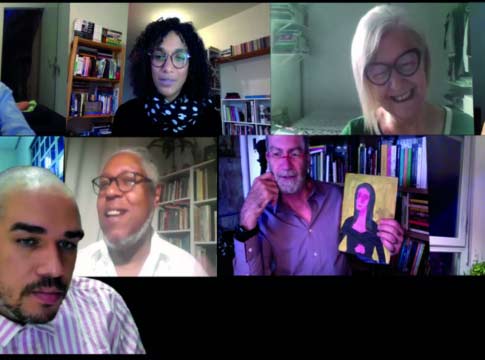


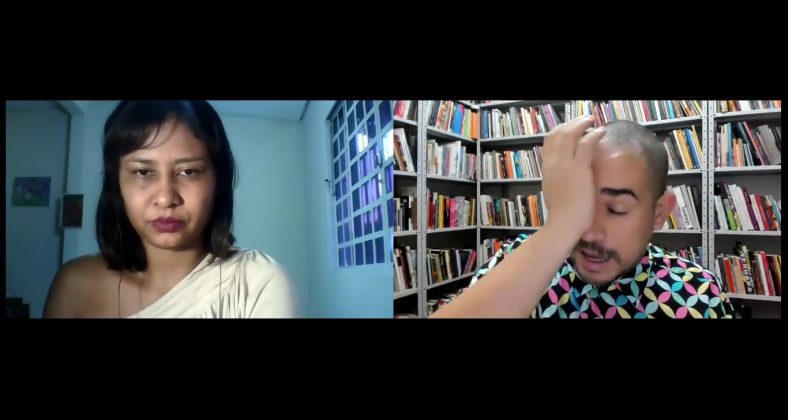



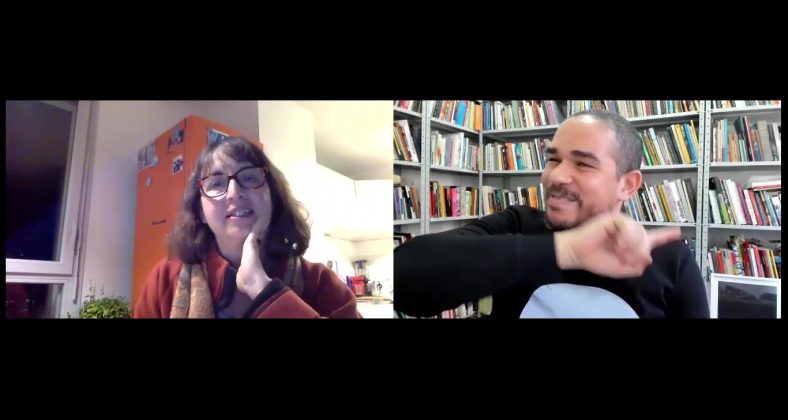

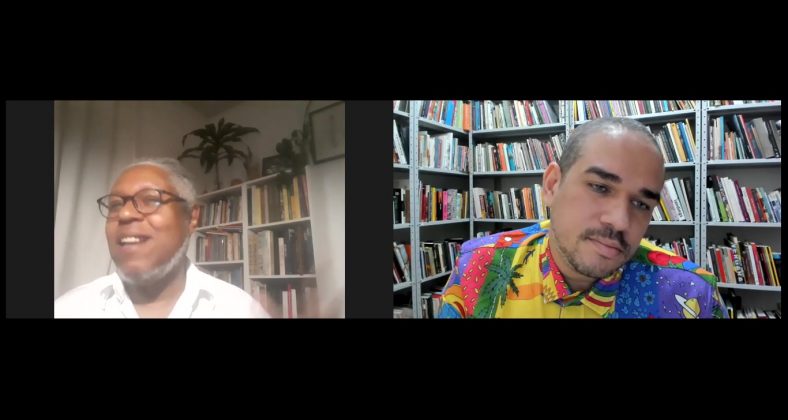




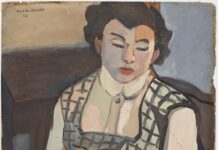
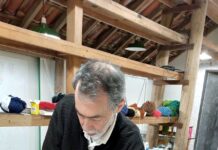





Great initiative!!! Congratulations to Raphael Fonseca!!!